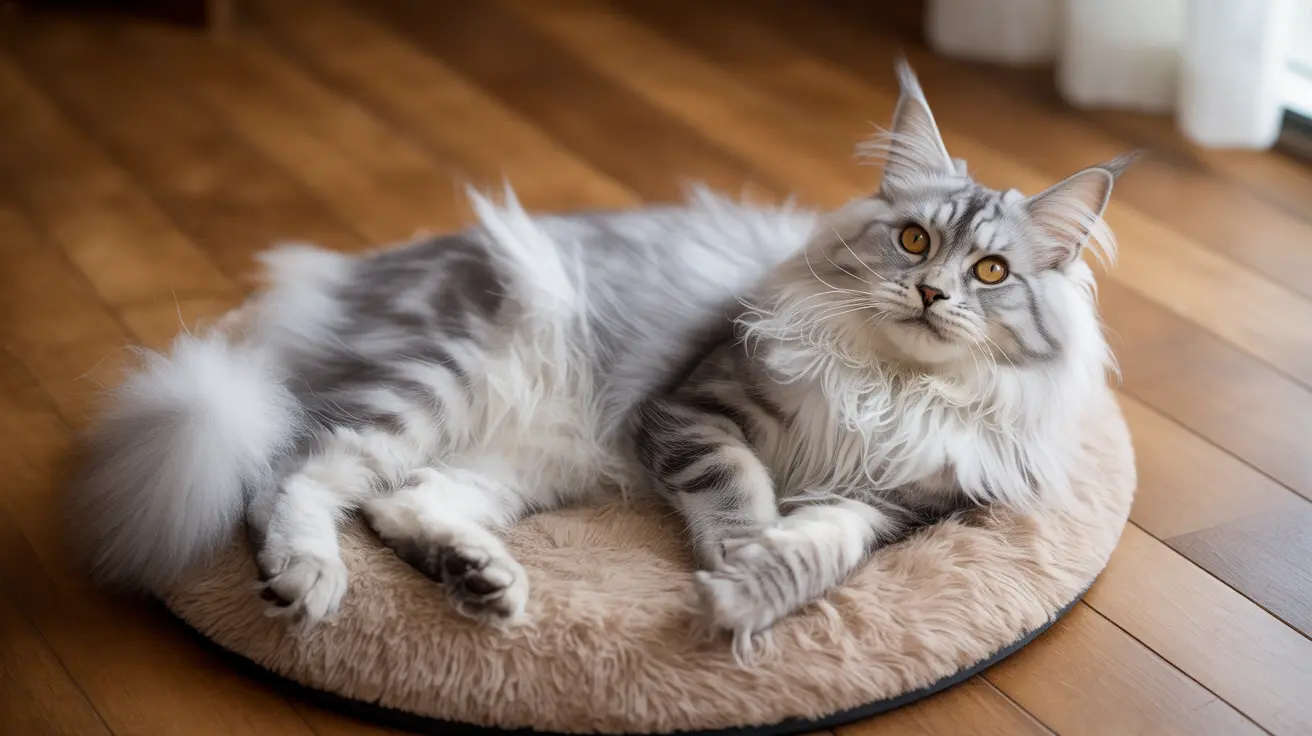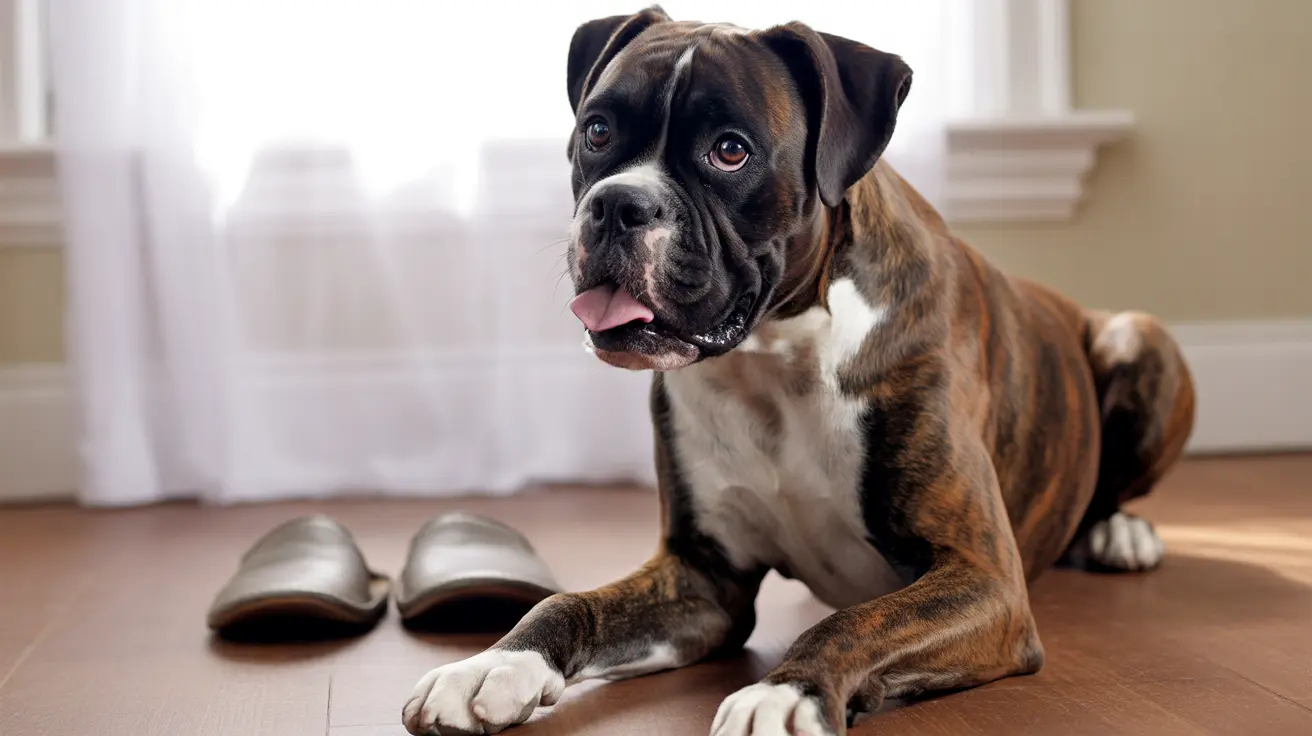Why Is It Called a Sheltie? Understanding the Origins of the Shetland Sheepdog
The name 'Sheltie' refers to the Shetland Sheepdog, a charming and intelligent herding breed that hails from the Shetland Islands of Scotland. The term 'Sheltie' is a common nickname that reflects both the breed's geographic origin and its purpose.
Historical Background
The Shetland Sheepdog was developed in the harsh and rugged environment of the Shetland Islands, which are situated off the northeastern coast of mainland Scotland. This remote and windy region shaped the evolution of a small, hardy, and agile herding dog, capable of working tirelessly in difficult terrain and with limited resources. These dogs were specifically bred to herd and guard livestock, particularly sheep, which were a vital part of island life.
How the Name 'Sheltie' Came to Be
'Sheltie' is an affectionate and abbreviated version of 'Shetland Sheepdog.' This shorter name is easier to say and remember, and it has become the widely accepted term for the breed, both formally and informally. Much like other dog breeds have nicknames (e.g., 'Lab' for the Labrador Retriever or 'Pom' for the Pomeranian), 'Sheltie' offers a concise and endearing name for a beloved companion.
Development of the Breed
The Shetland Sheepdog's ancestry includes native island dogs and possibly small working collies from mainland Scotland. To improve certain traits such as coat texture and temperament, these local dogs were bred with Rough Collies, giving the Sheltie some of its familiar appearance. However, the Sheltie remained a distinctive breed, more compact than the Rough Collie yet just as skillful at herding.
Physical Characteristics of the Sheltie
- Size: 13 to 16 inches tall, 15 to 25 pounds
- Build: Small, agile, and sturdy
- Coat: Double-layered; a harsh outer coat and soft undercoat
- Colors: Sable, blue merle, black, with tan and white markings
- Distinct Features: Mane around the neck, feathering on legs and tail, semi-erect ears
Behavior and Temperament
- Loyal and affectionate towards their families
- Highly intelligent and easily trainable
- Agile and energetic, excelling in dog sports
- Effective watchdogs due to their alertness and barking
- Reserved with strangers but generally friendly and gentle
Care and Lifestyle Needs
Shelties thrive in various living environments as long as they get enough exercise and mental stimulation. They can adapt to both apartment life and rural settings but need about an hour of physical activity each day. They also require consistent grooming to maintain their coat and regular health check-ups to monitor for common breed-specific issues.
Health Considerations
The Sheltie is generally a sturdy breed but is predisposed to several genetic conditions:
- Hip dysplasia
- Collie Eye Anomaly (CEA) and other eye disorders
- Dermatomyositis
- Von Willebrand’s disease
- Epilepsy and thyroid disorders
- Allergies and certain cancers
Reputable breeders test for these issues to ensure healthier litters. With proper care, the Sheltie typically enjoys a lifespan of 12–14 years.
Recognition and Legacy
The breed was officially recognized by the Kennel Club in England in 1909 and by the American Kennel Club in 1911. 'Lord Scott' was the first Sheltie registered with the AKC. The continued appeal of the Sheltie stems from its versatility, intelligence, and affectionate nature.
Conclusion
The Shetland Sheepdog is known as the 'Sheltie' because of its deep roots in the Shetland Islands and its original role as a sheepdog. This nickname has stuck due to its practicality and fondness among dog lovers. Today, whether as a herding dog, sport competitor, therapy companion, or cherished pet, the Sheltie carries its heritage in name and spirit.





